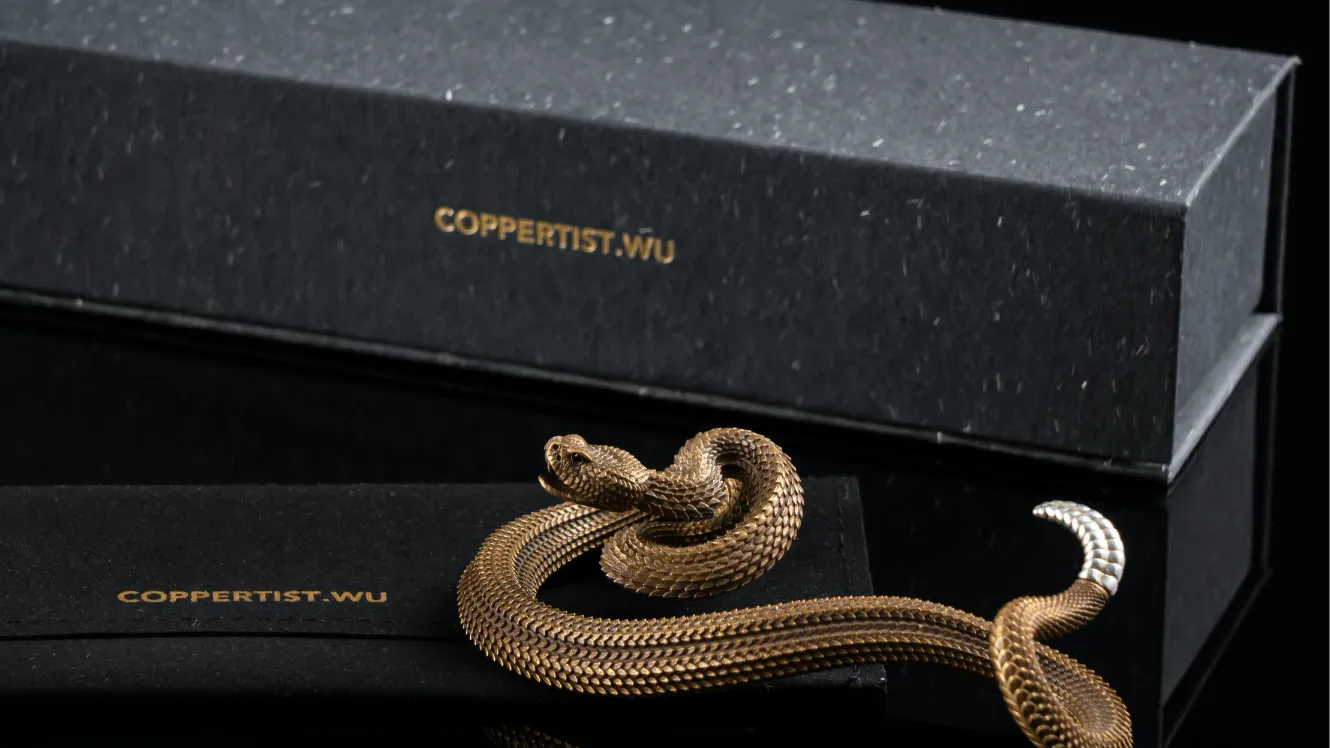
5 Best Gold Filled Jewelry Packaging Design Ideas
2024-12-06
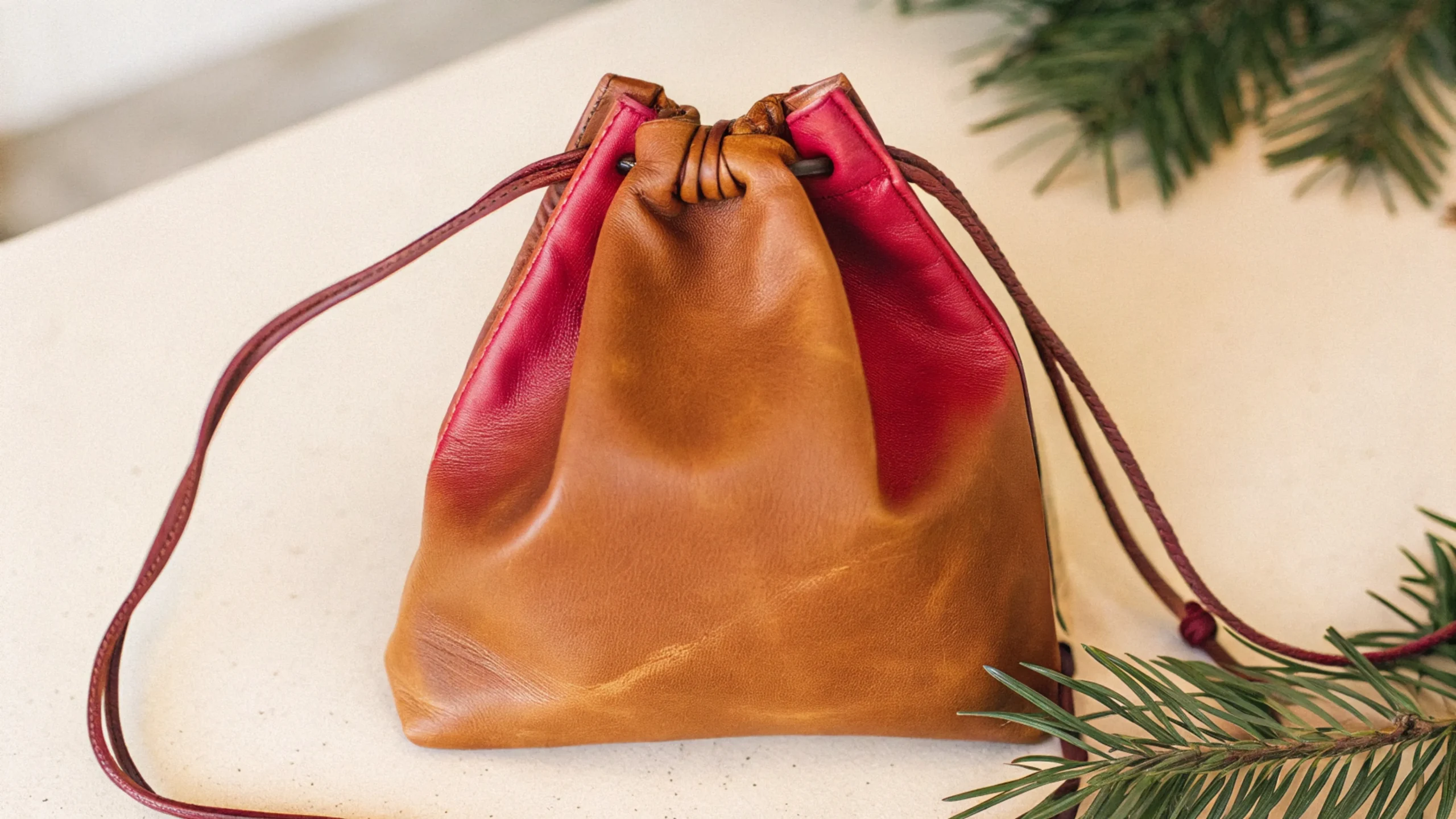
For jewelry enthusiasts and brand owners alike, a well-designed jewelry pouch is more than just a container. It’s the first line of defence for precious items and the first point of emotional connection between a customer and a brand. When people search online for a pattern for jewelry pouch, they are looking for a blend of beauty and functionality. Whether for a special trip or for elegant storage at home, the right jewelry pouch plays a crucial role, and understanding how to maintain its quality ensures it lasts.
This article will dive deep into the theme of patterns for jewelry pouches, starting with the most popular DIY styles to give you clear crafting ideas. However, we will also explore why, for a jeweller committed to creating an exceptional brand experience, a simple sewing pattern is not enough. We will reveal the immense potential for enhancing brand value and boosting customer loyalty by moving from a simple DIY project to professional, branded custom packaging. This journey will take us from the hobbyist’s workbench to the strategic planning rooms of professional brands, exploring how a jewelry pouch can be elevated from a functional item to a powerful brand statement.
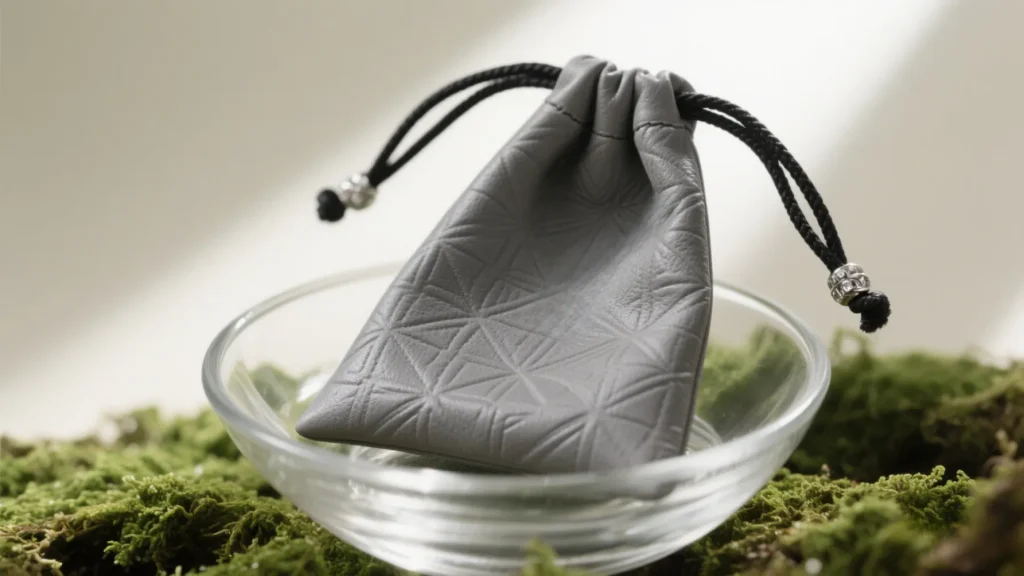
Before diving into how to make one, it’s essential to understand the most popular types of jewelry pouch patterns available. Each design has its unique advantages and use cases, and understanding these differences will help you choose or create the pattern for jewelry pouch that best meets your needs.
This is the most popular and well-documented pattern in the DIY community. Its signature design typically includes a circular base, multiple interior compartment pockets, and a soft, padded center for protecting larger items like bracelets or watches. The appeal of this design is that it lies completely flat when open, making all jewelry visible at a glance, and cinches into a compact, secure pouch. Because of its relatively simple construction, it’s often considered an excellent beginner project.
This is a more complex and functional pattern for jewelry pouch, designed specifically for travel and users who need a high degree of organization. It’s less of a pouch and more of a roll-up organizer. Its interior is carefully sectioned, often including clasps to secure necklaces, perforated strips for earrings, and transparent zippered pockets for bracelets or watches. This pattern maximizes space and effectively prevents items from tangling or scratching each other.
The envelope-style pouch stands out for its clean, modern aesthetic. This pattern is usually a flat rectangle or square with a flap that closes with Velcro, a snap, or a magnetic button. To maintain its crisp shape, it’s often made with a stiff interfacing or fusible fleece to add structure. The envelope pouch is perfect for storing a single piece or a small set of jewelry and is often used as elegant gift packaging or a portable organizer inside a handbag.
This is the simplest and most fundamental jewelry pouch pattern, typically made from two rectangular pieces of fabric sewn together, with a channel at the top for a drawstring. Although the structure is simple, the choice of material can dramatically alter its style and feel. For example, soft velvet can create a sense of luxury, while linen offers a natural, rustic vibe. This pattern is quick to make and versatile, serving as the starting point for many DIY projects.
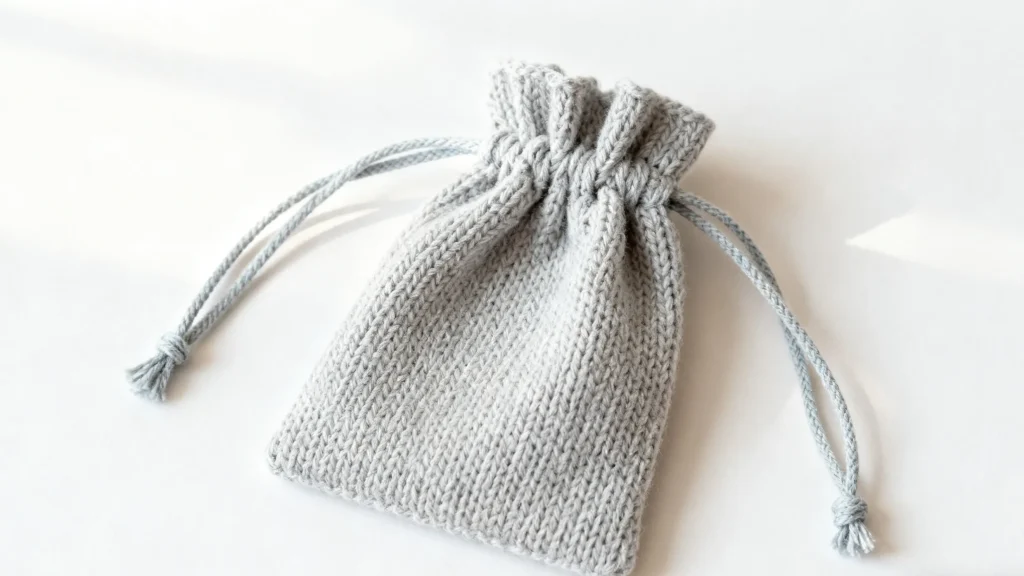
The circular drawstring pouch is widely popular in the DIY world due to its ease of creation. However, this very handmade characteristic makes it less suitable for commercial brands that require precision, consistency, and scale. This stark contrast sets the stage for our subsequent discussion on the necessity of professional customization.
For enthusiasts who want to make their own jewelry pouch, the circular drawstring design is undoubtedly the best place to start. It’s not only beautiful and practical but also a joy to create. Here, we’ll synthesize the essence of several popular tutorials to provide you with a clear, high-level guide to understanding the core steps of this classic pattern for jewelry pouch.
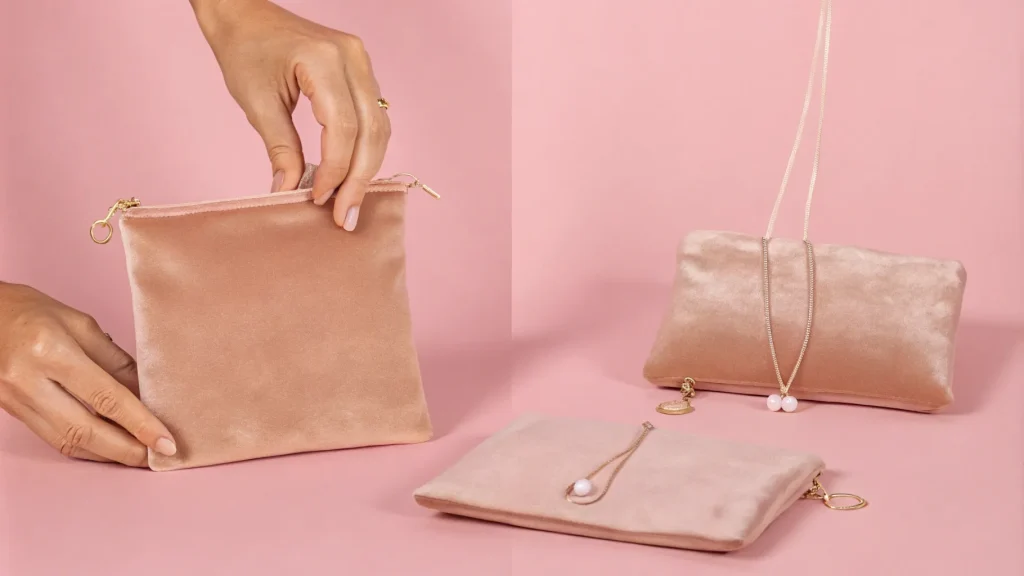
The first step is to prepare the pattern. Many tutorials suggest using common household items like plates or bowls to draw the circles, reflecting the flexibility of DIY. You will need to prepare three circular patterns of different sizes: a large circle for the main body of the pouch, a medium circle for the interior pockets, and a small circle for the bottom padding.
Fabric cutting is a critical stage. You’ll need to cut the outer fabric and lining fabric according to the patterns. Typically, both the large and medium circles require one piece of outer fabric and one piece of lining. A common technique is to cut a slit a few inches long in the center of the lining fabric, which will be used in a later step to turn the sewn pieces right-side out.
Place the large outer and lining fabric circles with their right sides together, sew around the edge, and leave a small opening for turning (if you didn’t use the center-slit method). After turning it right-side out, press it flat and edgestitch around the entire circle.
Next is creating the drawstring channel. On the finished large circle, sew two parallel circular lines at a certain distance from the outer edge (for example, at 1.5 inches and 2 inches). The area between these two lines forms the channel for the drawstring. To allow the drawstring to be threaded through, you’ll need to create two symmetrical buttonholes or install eyelets in this channel area.
The interior pockets are made from a medium-sized circle of fabric. Similarly, sew the outer and lining pieces of the medium circle with right sides together and turn it out. Then, place the finished medium circle in the center of the large circle and secure them together. Next, using the center of the medium circle as a pivot point, sew several radial lines with a sewing machine, like slicing a cake, to divide the medium circle into multiple fan-shaped pockets.
The final step is to thread the drawstrings. Take two sufficiently long cords (like satin ribbon or cotton rope) and thread each one through a buttonhole, around the entire channel, and back out through the same buttonhole. Tie the ends of the cords together to secure them. Pull the cords, and the jewelry pouch will cinch up elegantly, completing your beautiful circular pouch.
To more clearly illustrate the materials needed for different-sized jewelry pouches, the following table consolidates common dimensions from various DIY tutorials for your reference.
| Feature | Small Jewelry Pouch | Medium Jewelry Pouch | Large Jewelry Pouch |
| Outer Circle Diameter | 10-11 in | 14 in | 18 in |
| Inner Circle Diameter | 7-8 in | 9 in | 13 in |
| Padding Diameter | 3-4 in | 4 in | 6 in |
| Fabric Required | Scraps or 1/4 yard | 1/4 yard | 1/2 yard |
| Interfacing Required | Lightweight fusible | Lightweight fusible | Lightweight fusible |
| Drawstring Length | 1.5 yards | 2 yards | 2.5 yards |
This table clearly shows the core data needed to make different-sized jewelry pouches, providing great convenience for DIY enthusiasts. However, this lack of size uniformity also reflects the limitations of the DIY model, which can be a significant challenge for commercial brands that require standardized products.
Once you’ve mastered the basic pattern for jewelry pouch, exploring more advanced materials and patterns is the next step to elevating the quality of your work. The choice of material is not just a functional consideration; it’s a brand language in itself, capable of directly conveying the value and style of a product.
Velvet, with its unique sheen and soft touch, is an ideal choice for making high-end jewelry pouches. A velvet pouch can instantly enhance the luxurious feel of a gift. However, handling velvet fabric requires more advanced sewing skills. Its smooth, plush surface can be slippery and prone to shifting during sewing, requiring special presser feet and finer stitches to ensure a neat and beautiful seam. Although the process is more challenging, the resulting high-end texture is something ordinary cotton fabric cannot match.
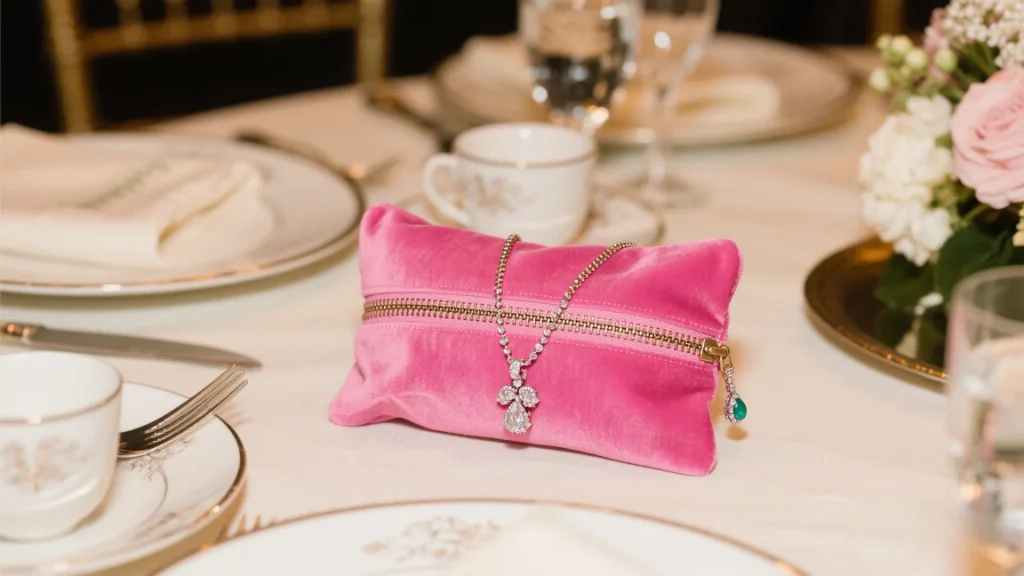
Leather gives a jewelry pouch a sense of timeless classicism and durability. Making a leather pouch requires a completely different set of tools and techniques from fabric crafting. For example, holes are typically punched with professional tools (like a Crop-A-Dile) rather than a sewing machine’s buttonhole function; bonding requires special leather glue; and cutting needs a sharp craft knife or leather knife. Leather jewelry pouch patterns are also diverse, ranging from no-sew designs that are easy for hobbyists to complete (assembled with rivets and leather cords) to complex styles that require professional hand-stitching techniques, each showcasing unique craftsmanship.
The envelope-style jewelry pouch, with its structured and modern aesthetic, is another high-end option. The essence of this style lies in its crisp shape, which is usually achieved by fusing heavy interfacing or fusible fleece to the inner layer of the fabric. The design focus of this pattern for jewelry pouch is on precise cutting and clean lines. It’s more like a small clutch, perfect for storing flat jewelry or as outer packaging for high-end products.
From cotton to velvet to leather, upgrading materials is the first step in the evolution from a craft project to a branded product. However, the technical challenges that come with mastering these advanced materials naturally lead to a core question: if the goal is to achieve professional, consistent, high-quality results, is DIY the most efficient and reliable path? This inherent conflict—the pursuit of high-end results versus the complexity and risks of the DIY process—provides the perfect entry point for our discussion on brand transformation.
For those looking to move beyond simple construction and infuse their creations with true artistry, the world of decorative patterns offers endless inspiration. These designs transform a functional pouch into a piece of art, reflecting personal style or a brand’s unique aesthetic. Here are the top 10 artistic patterns and textures that elevate a jewelry pouch from simple to stunning.
For a jewelry brand or independent designer, making a few beautiful jewelry pouches by hand can be a fun and fulfilling experience. But when the business scales up and needs packaging for hundreds or thousands of products, relying on a simple pattern for jewelry pouches reveals its inherent limitations. At this point, the role of packaging shifts from a personal creation to a key carrier of brand identity.
A brand’s reputation is built on a stable and predictable customer experience. Customers expect to receive the same high-quality product and packaging with every purchase. However, the inherent variability of handmade items makes it extremely difficult to achieve absolute consistency in size, color, stitching, or even logo placement. One batch of pouches might be slightly larger than another, or the color of the drawstring might have subtle differences. These seemingly minor flaws can damage a brand’s professional image.

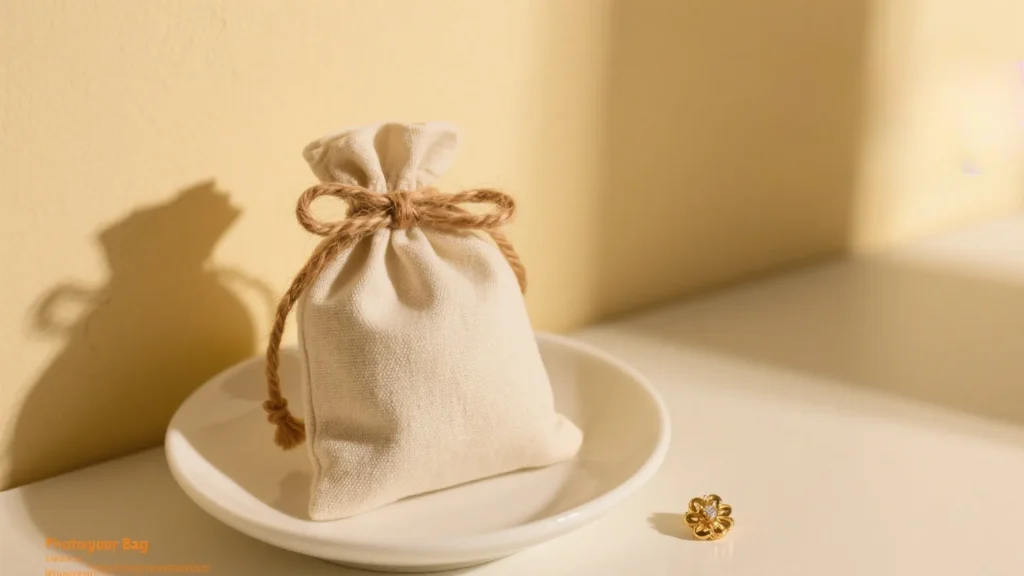
Packaging is the customer’s first physical interaction with your product—it’s the true first touchpoint. Research shows that consumers form an initial impression of a product within just 7 seconds. A rough, flimsy, or obviously handmade pouch might convey a cheap or unprofessional signal to the customer, diminishing the perceived value of the jewelry inside, no matter how exquisite it is. This isn’t just an aesthetic issue; it directly relates to brand positioning and customer trust.
In the age of social media, the unboxing experience has become a powerful marketing tool. A well-designed, delightful unboxing process can significantly increase customer satisfaction and brand loyalty, and encourage them to share their experience on social platforms. A uniquely designed package can itself become viral content, bringing free exposure and word-of-mouth marketing to the brand. This is something that no simple DIY pattern for jewelry pouch can systematically plan and achieve.
For a growing jewelry brand, the initial search for a DIY pattern might be driven by cost-saving considerations. However, this decision hides a huge opportunity cost—the erosion of brand value. Unprofessional packaging can weaken customer purchasing confidence and hinder the brand’s ability to move into the high-end market. Therefore, brand owners must re-evaluate the role of packaging, shifting it from a cost to a strategic investment in brand equity and customer relationships.
Once a brand recognizes the strategic importance of packaging, it will discover that the possibilities offered by professional customization far exceed what any sewing pattern can provide. Partnering with a professional packaging supplier means the brand can leverage industrial-grade technology and an extensive library of materials to create unique packaging that truly represents the brand’s spirit.
The material choices offered by professional suppliers are far beyond what a local fabric store can offer. In addition to cotton, linen, velvet, and leather, brands can choose from microfiber, suede, satin, organic cotton, and even eco-friendly recycled materials. These materials not only vary in texture and appearance but can also meet a brand’s commitment to sustainability, such as using FSC®-certified paper or soy-based inks.
Professional customization allows for a range of branding techniques that are impossible to achieve with DIY, presenting the brand’s logo and visual elements in the most refined way:
Unlike fixed patterns, professional customization allows for structural design based on specific product needs:
The true value of partnering with a professional supplier like Richpack Packaging lies not just in the manufacturing itself, but in the expertise and consulting services they provide. A static pattern for a jewelry pouch only offers instructions, whereas a professional partner can provide a comprehensive solution from material selection to process implementation based on your brand positioning, target audience, and budget. This not only saves you time and energy but also ensures that the final product perfectly serves your brand strategy.
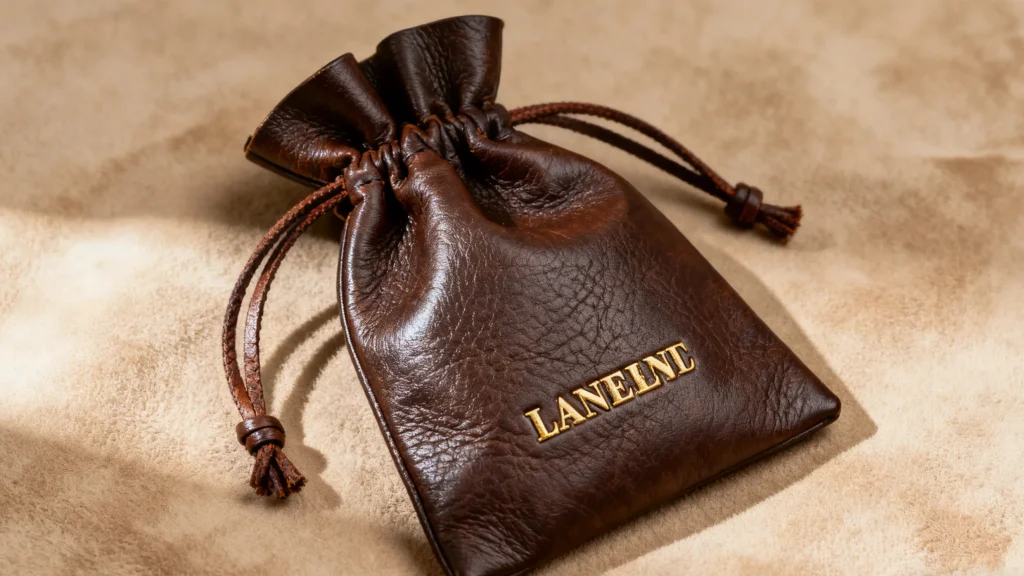
Starting with the exploration of a simple pattern for a jewelry pouch, we have embarked on a journey from handmade crafting to brand strategy. We’ve seen that a jewelry pouch carries not just the jewelry itself, but also the brand’s promise, value, and the emotional bond with the customer.
DIY is undoubtedly a creative and satisfying hobby. However, when jewelry transitions from a personal treasure to a commercial product, its packaging must also be upgraded from a personal craft to a professional brand asset. A professional brand deserves packaging that can accurately convey its quality, vision, and uniqueness. Custom packaging is not merely an expense; it is an extension of the brand’s identity and a key investment in enhancing the customer experience and building long-term loyalty.
Your jewelry tells a story of craftsmanship, design, and beauty. Does its packaging do the same? It’s time to move beyond a generic pattern for jewelry pouch and create an unboxing experience that truly resonates with customers and builds lasting brand loyalty. Our team of packaging experts is ready to help you design a custom solution that perfectly captures the essence of your brand.
Contact us today for a free design consultation and discover how a custom jewelry pouch can turn a customer’s first impression into an everlasting brand connection.
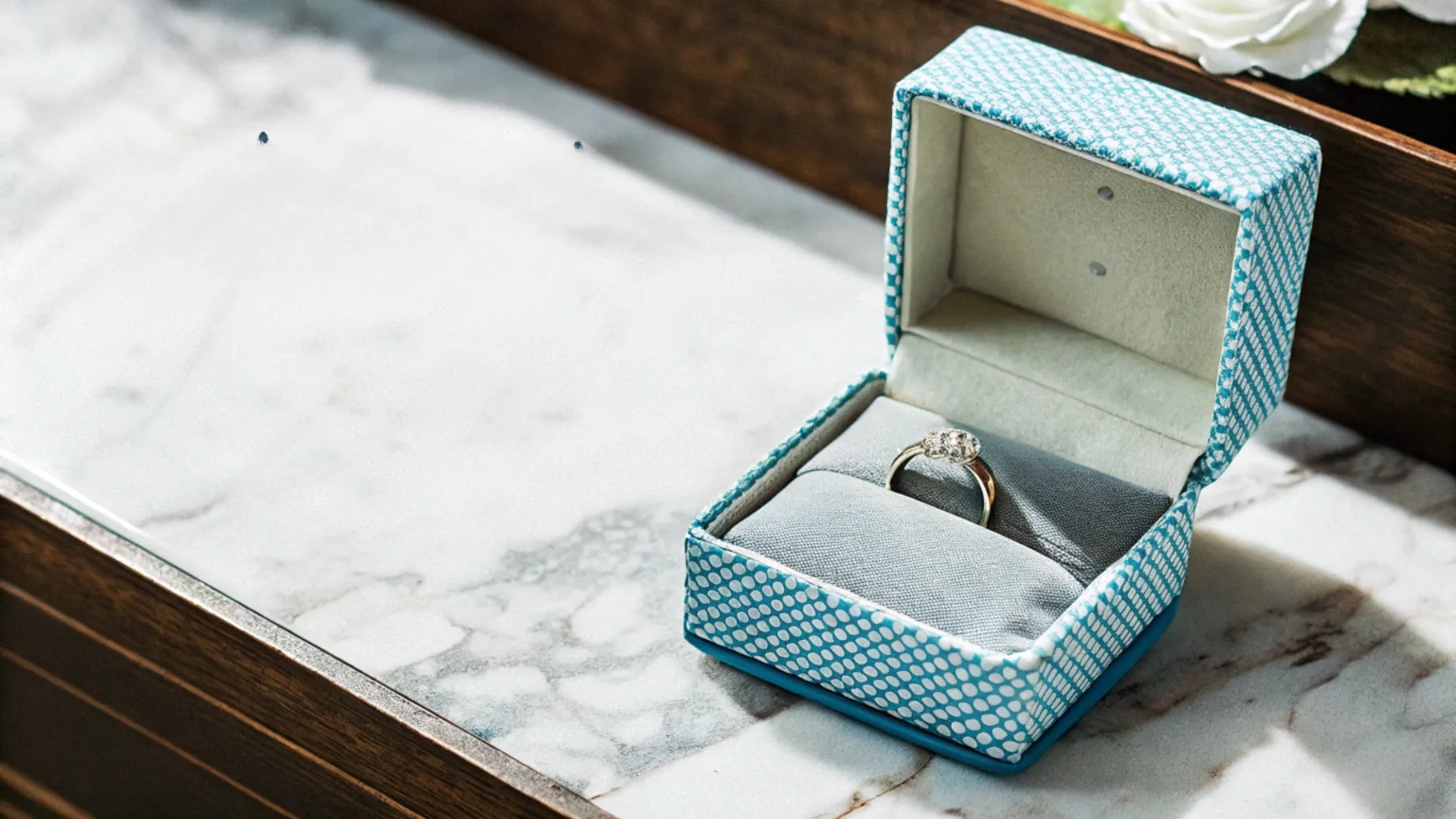
Richpack · How Dainty Jewelry Packaging Shapes a Brand's Cutting-Edge Image Custom dainty jewelry packaging options allow brands to express their unique identity while catering to customer preferences. This level of personalization can enhance perceived value; research indicates that personalized experiences can lead to a 20% increase in sales. So the way your dainty jewelry is… Continue reading Your Complete Tutorial for a Custom Pattern for Jewelry Pouch
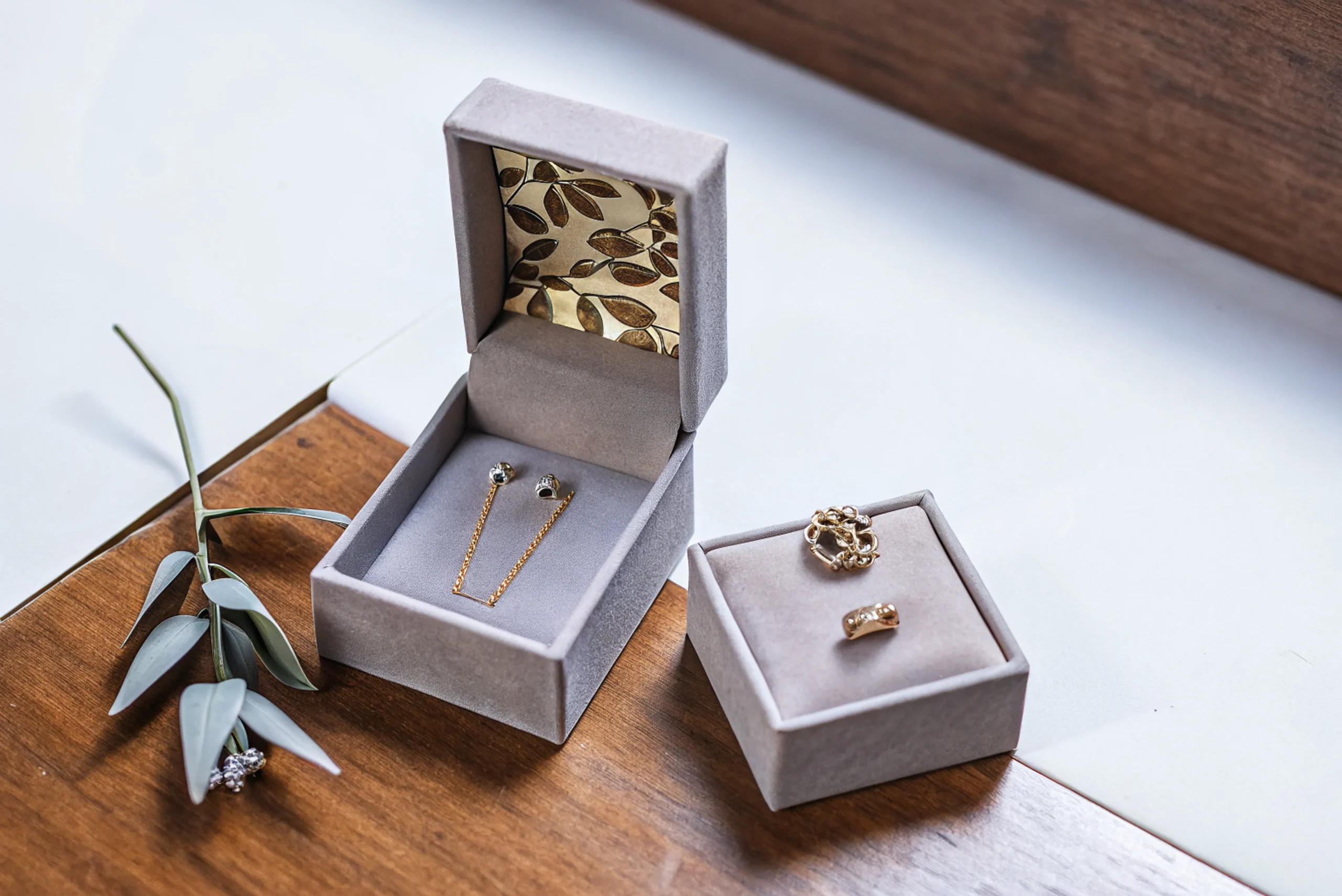
We’ve all been there, haven’t we? You reach for that perfect necklace to complete your outfit, only to find it ensnared in a Gordian knot with half a dozen of its friends. It’s a common frustration for anyone who loves wearing necklaces. After years of battling tangled chains and searching for effective solutions, I’ve learned… Continue reading Your Complete Tutorial for a Custom Pattern for Jewelry Pouch
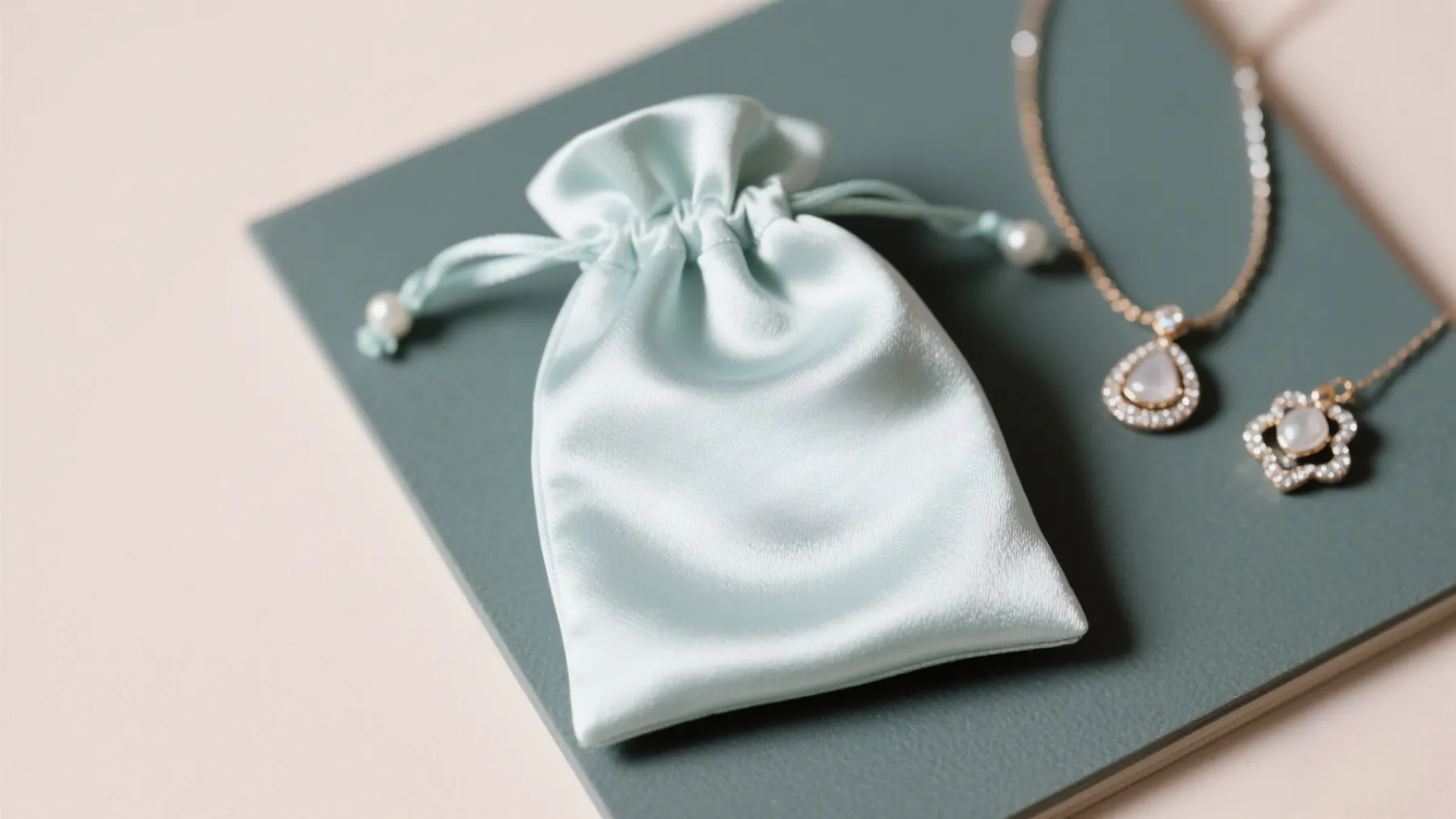
Choosing the right jewelry pouches for your brand is more than a packaging decision; it’s a strategic move. The right soft packaging protects your pieces, elevates your customer’s unboxing experience, and tells your brand story without saying a word. But for wholesalers and businesses, navigating the world of materials, customization, and bulk purchasing can be… Continue reading Your Complete Tutorial for a Custom Pattern for Jewelry Pouch
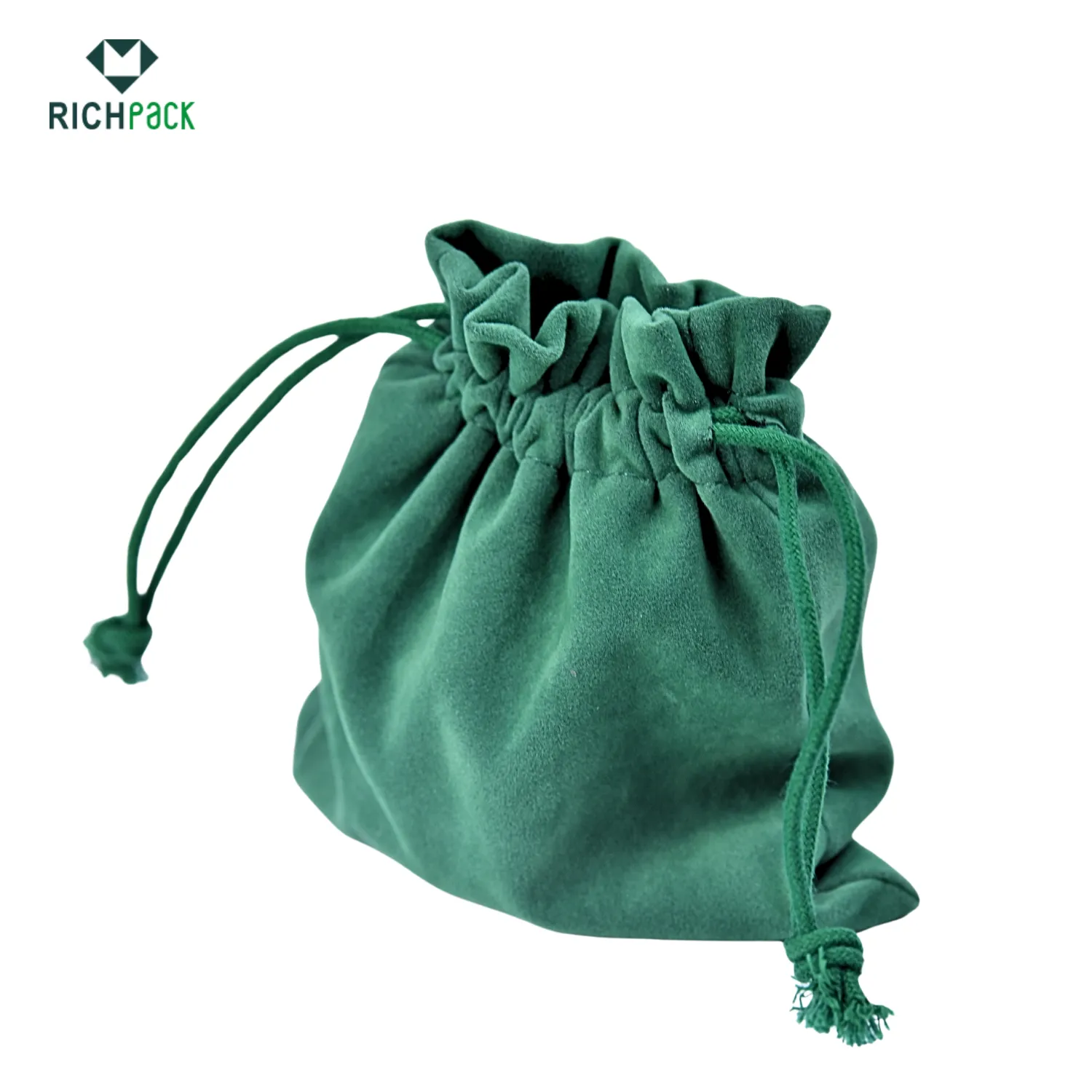
Drawstring Jewelry Bags for Delicate Jewelry Storage | Perfect for Daily Use, Travel, and Gifting
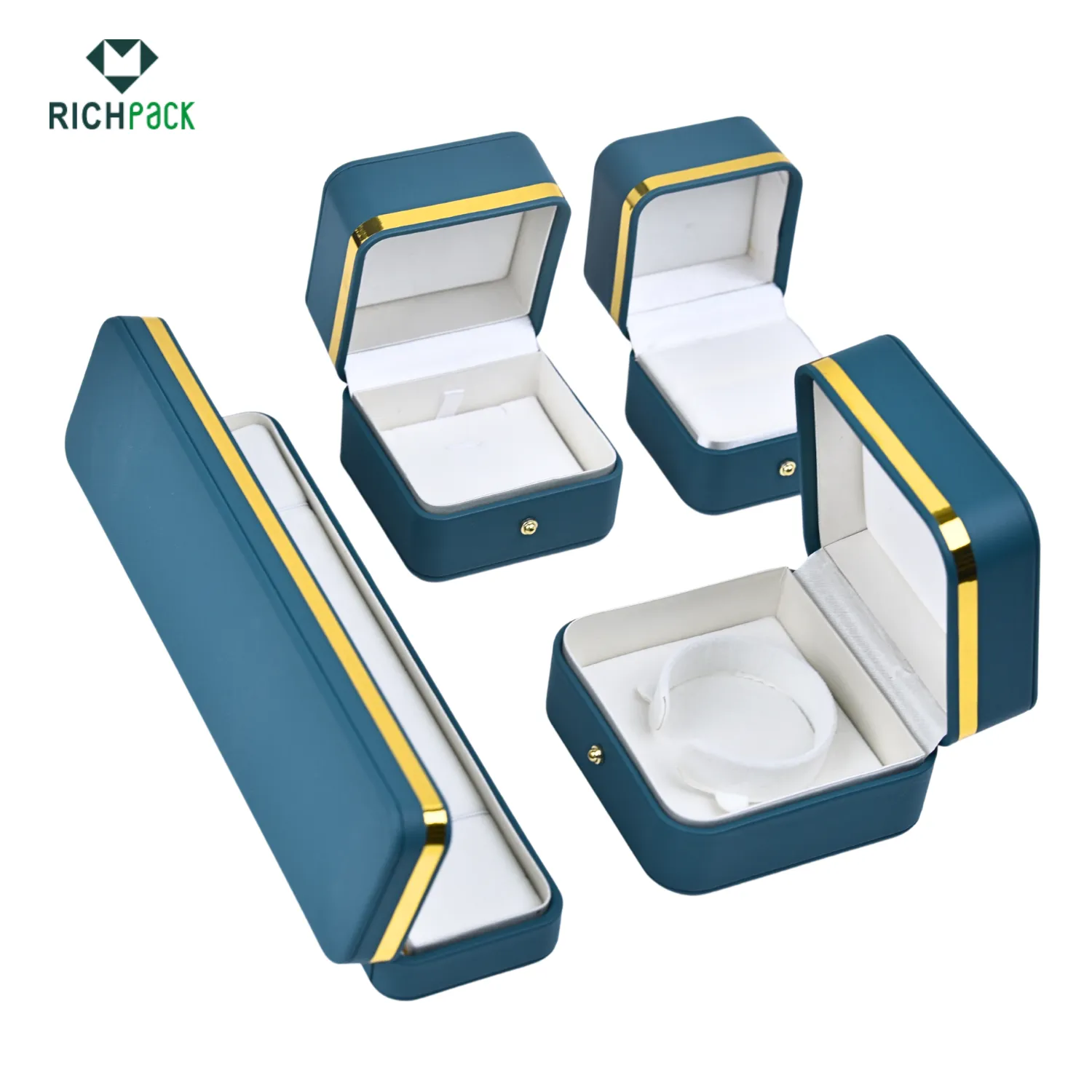
Festive and Elegant Seasonal Jewelry Packaging Sets for Christmas, Valentine’s Day, and More | Custom Designs for Special Occasions

Large Zipper Pouches for Travel | Versatile Solutions with Customizable Compartments
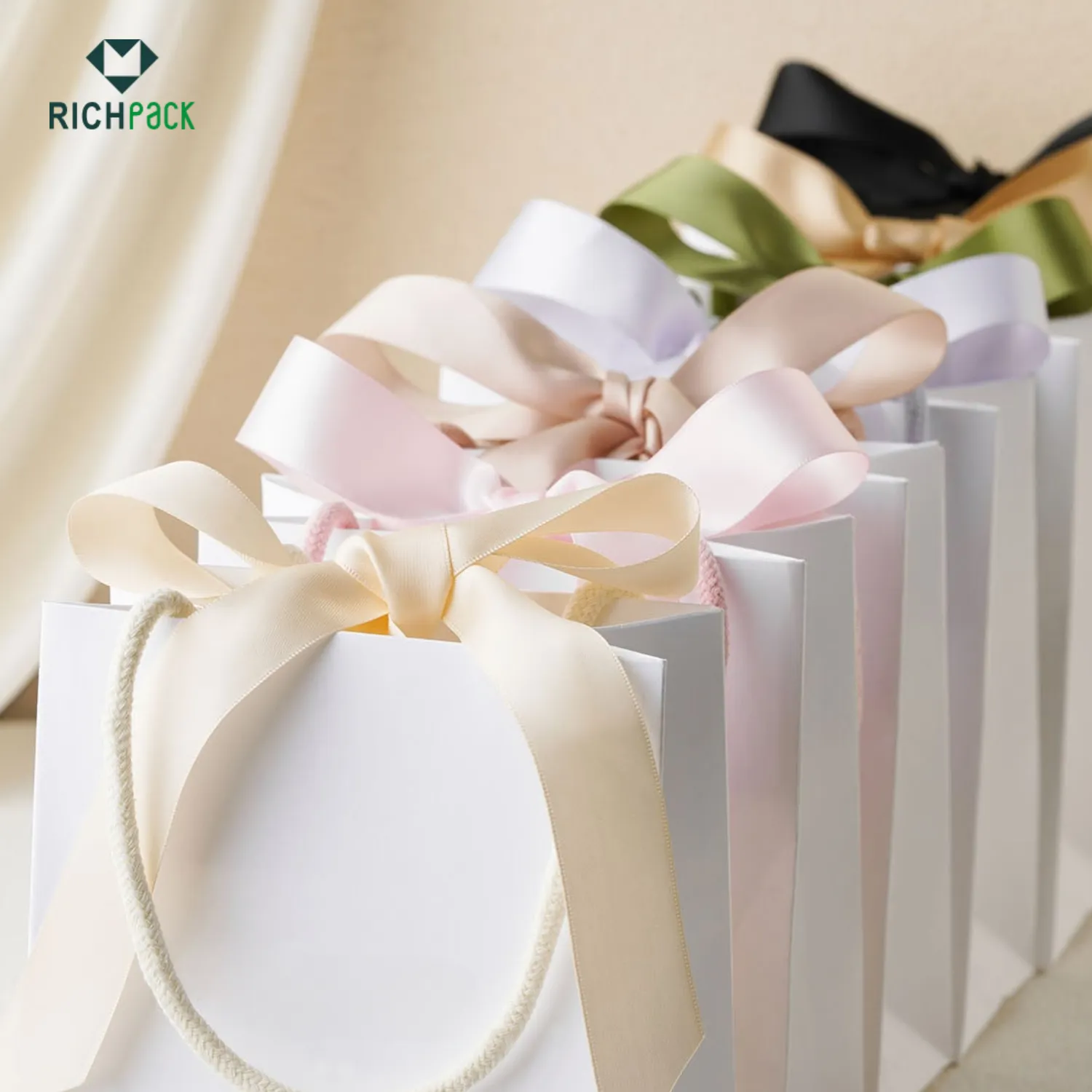
Affordable Jewelry Bags Wholesale for Professional Packaging – High-Quality Wholesale Jewelry Bags for Retail and Gift Solutions
View More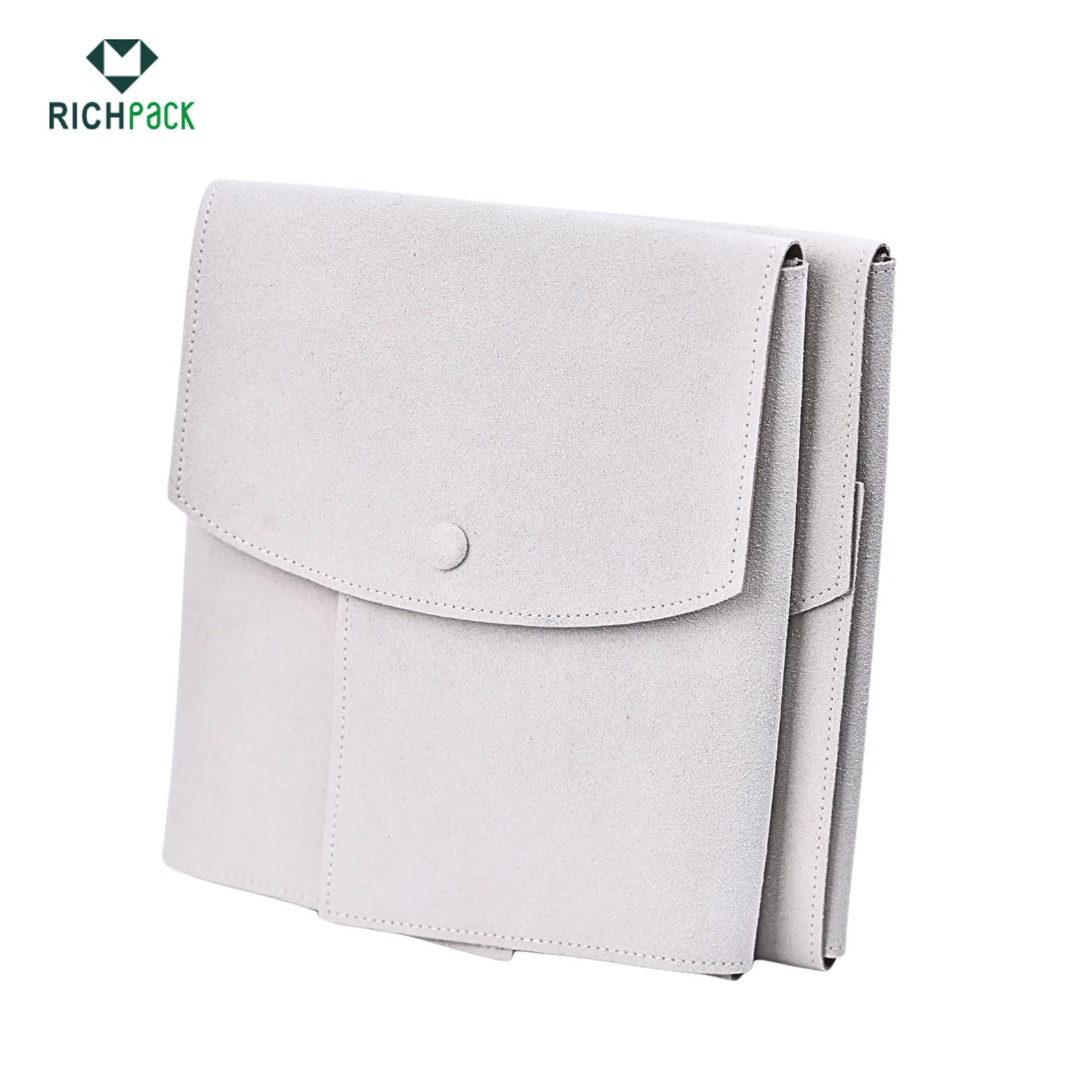
Convenient Roll-Up Travel Jewelry Cases | Space-Efficient and Protective Storage for Jewelers Needing Compact Solutions for On-the-Go Jewelry Storage
View More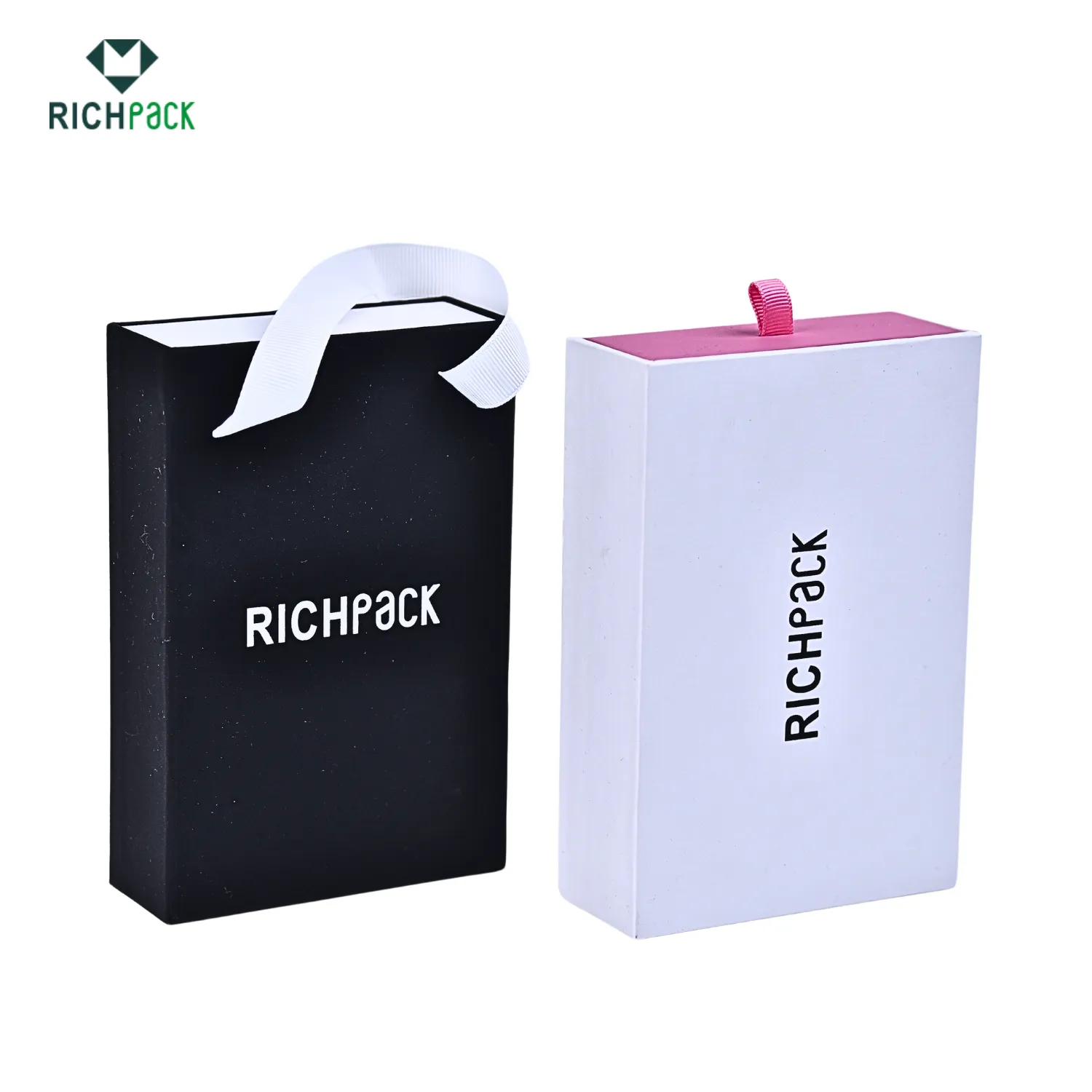
Custom Eco-Packaging for Jewelry Brands with Green Initiatives | Perfect for Brands Focused on Sustainable and Branded Packaging
View MoreJust submit your email to get exclusive offers (reply within 12 hours)